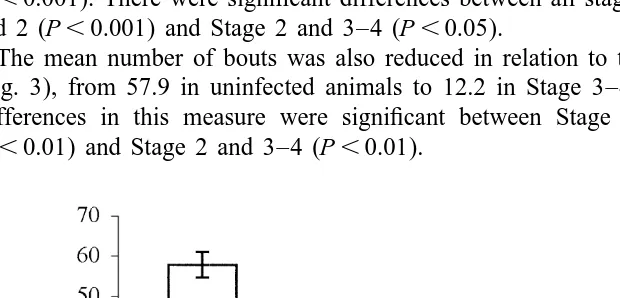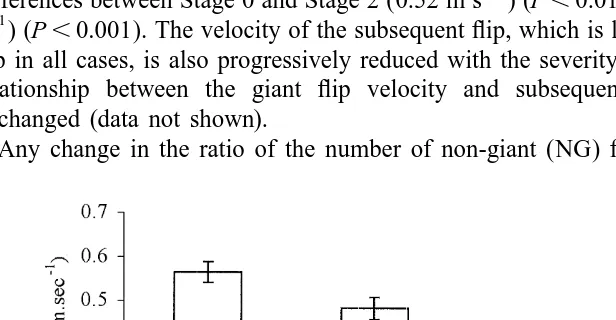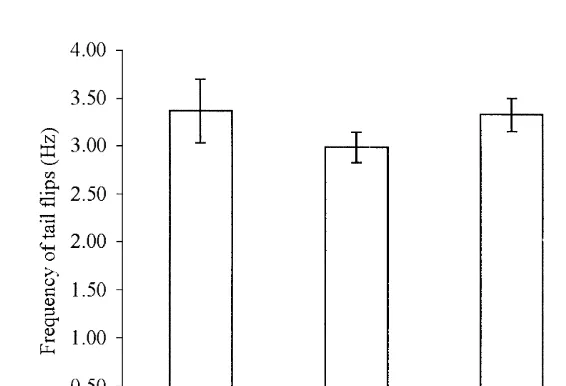Directory UMM :Data Elmu:jurnal:J-a:Journal of Experimental Marine Biology and Ecology:Vol247.Issue2.May2000:
Teks penuh
Gambar




Dokumen terkait
We examined the escape response in terms of number of valve claps until exhaustion, rate of clapping and the recovery during and after valve closure in adult scallops,
In our study, chronic physical disturbance caused by rubble tumbling reduced algal biomass by up to 40% through abrasion and light reduction, decreased algal canopy height, and
Relationship between Sr / Ca ratio, in the wing and lateral dome of Sepia officinalis and Loligo vulgaris statoliths and the size ML (mm) of the
The present study analyses the capability of different coccolithophore diets (Emiliania huxleyi and Coccolithus pelagicus) to satisfy Calanus helgolandicus metabolic and
As the intensity of either sunlight or blue-green light decreased (1) the time until the beginning of larval release (latency) became longer, (2) the mean time of larval
Following these sections the book has also individual chapters on Marine Debris Pollution , Marine Mammal Die-Offs, Marine Mammal Stranding.. Networks, and Marine Mammals
The fish occupied a home range throughout the study, and during inactive periods (about 65% of the time) they remained within a small core area.. Most of the time spent outside the
Feeding response of Farfantepenaeus paulensis postlarvae 17 days old acutely exposed to copper (212 ppb) as CuSO .5H O and zinc (525 ppb) as ZnSO .7H O, either singly or in

